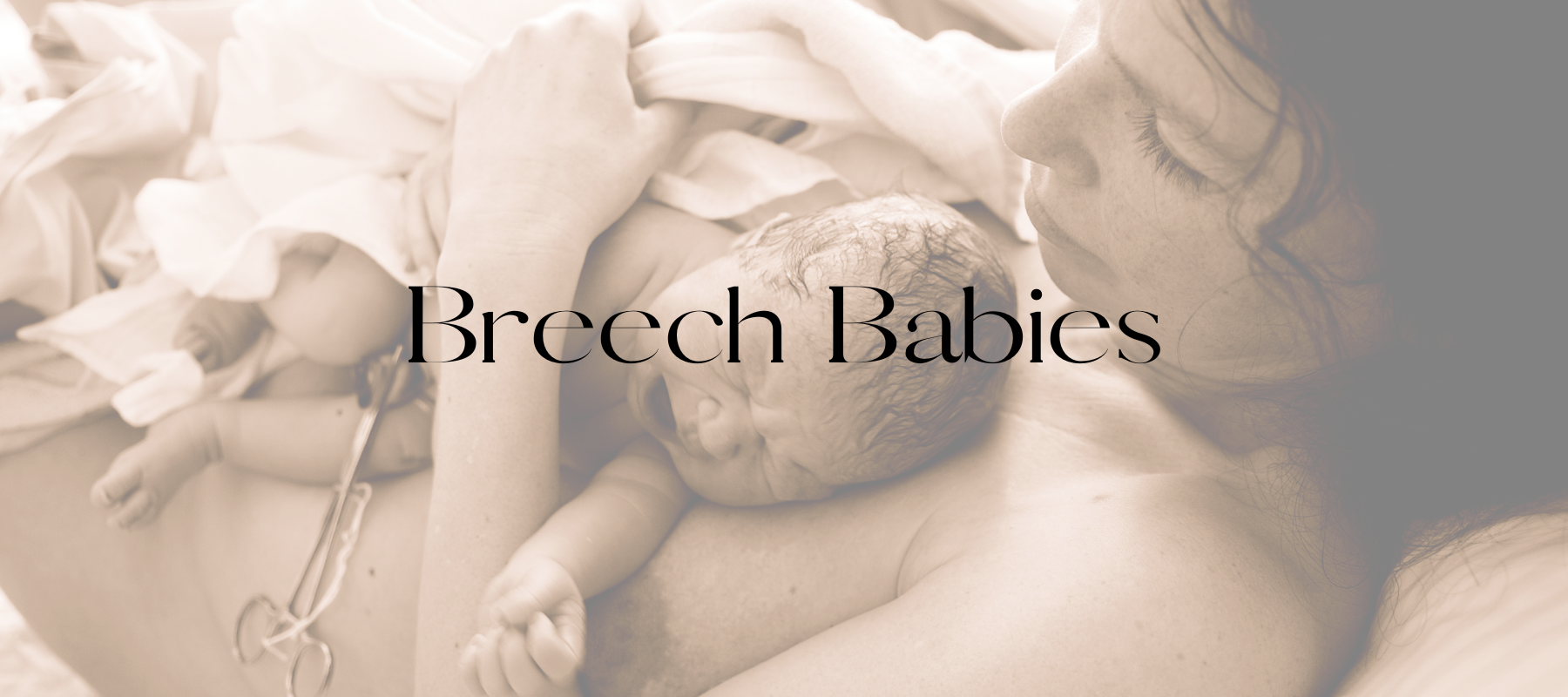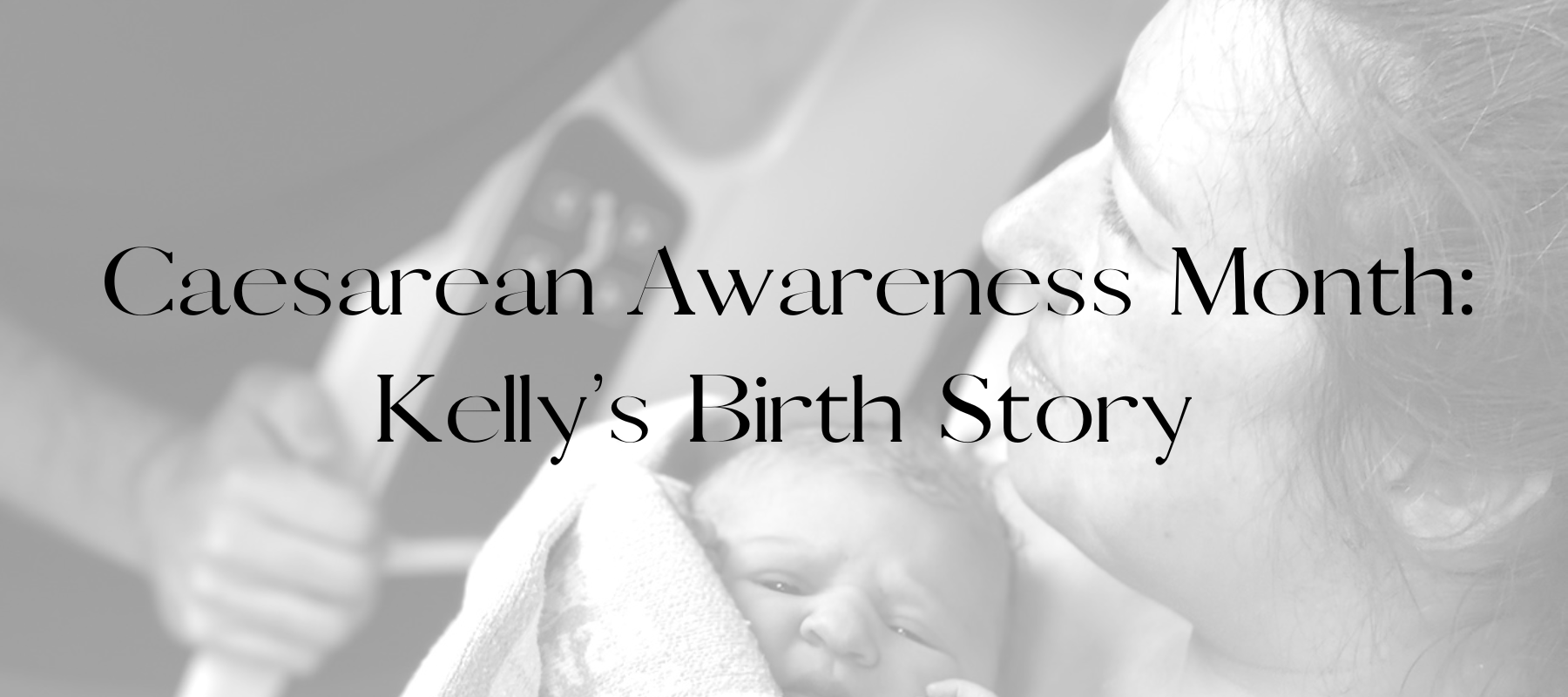Blocked ducts
Blocked ducts can be a common complication of breastfeeding and often present as a hard and painful red lump on the breast. The blockage occurs in the narrow milk ducts of the breast and prevent the adequate flow of milk from the breast.
Blockages may occur for a range of reasons including:
- poor attachment/nipple damage leading to ineffective milk transfer
- breast engorgement – milk build up without adequate removal
- duct occlusion from the pressure of ill-fitting clothing or bra
- infrequent feeds, skipping feeds, supplementing without suitable breast stimulation
- rapid weaning
Management of blocked ducts:
- Aim first to prevent by removing common causes, not wearing any ill-fitting clothing, and removing pressure from specific areas of the breast (for example, be mindful when frequently holding breast tissue away from baby’s nose with your finger!)
- Start treatment as soon as you notice symptoms to prevent mastitis
- Warm shower or compress to the affected area
- Then a firm massage of the lump towards the nipple as the baby is breastfeeding
- Breastfeed affected side first when baby is most vigorous
- Try relax while feeding as this helps milk flow
- Hand express if needed, after feeds
- Ice or cold packs following the feed to help alleviate inflammation
Blebs/White Spots
Have you tried all of these and still no relief? Have you noticed a small yellow or white spot has appeared on the end of your nipple? This is called a ‘bleb’ or ‘milk blister’. If this is present, it may be preventing you and your baby from clearing the blockage. To try remove this white spot, you can soak your nipple in warm water or saline. You can also apply a little vegetable oil or try scrub off the top layer with a dry clean towel. Then breastfeed or hand express to clear the duct and provide relief.
See medical advice if you are unable to clear the lump in 24 hours and/or you are feeling unwell (flu-like symptoms and fever) - you might have mastitis.
References:
Australian Breastfeeding Association for Health Professionals. 2018. Blocked Ducts and Mastitis -
Australian Breastfeeding Association for Health Professionals. [online] Available at:
<https://abaprofessional.asn.au/download/blocked-ducts-and-mastitis/> [Accessed 19
February 2021].
Cooper, B. and Kowalsky, D., 2015. Physical Therapy Intervention for Treatment of Blocked Milk
Ducts in Lactating Women. Journal of Women's Health Physical Therapy, 39(3), pp.115-126.
Fetherston, C., 1998. Risk Factors for Lactation Mastitis. Journal of Human Lactation, 14(2), pp.101-
109.
Kinlay, J., O'Connell, D. and Kinlay, S., 2001. Risk factors for mastitis in breastfeeding women: results
of a prospective cohort study. Australian and New Zealand Journal of Public Health, 25(2),
pp.115-120.
Medela. 2014. Managing Blocked Milk Ducts and Treating Mastitis. [online] Available at:
<https://www.medela.us/breastfeeding/articles/managing-blocked-milk-ducts-and-treating-
mastitis> [Accessed 19 February 2021].
Witt, A., Bolman, M., Kredit, S. and Vanic, A., 2015. Therapeutic Breast Massage in Lactation for the
Management of Engorgement, Plugged Ducts, and Mastitis. Journal of Human Lactation, 32(1),
pp.123-131.



